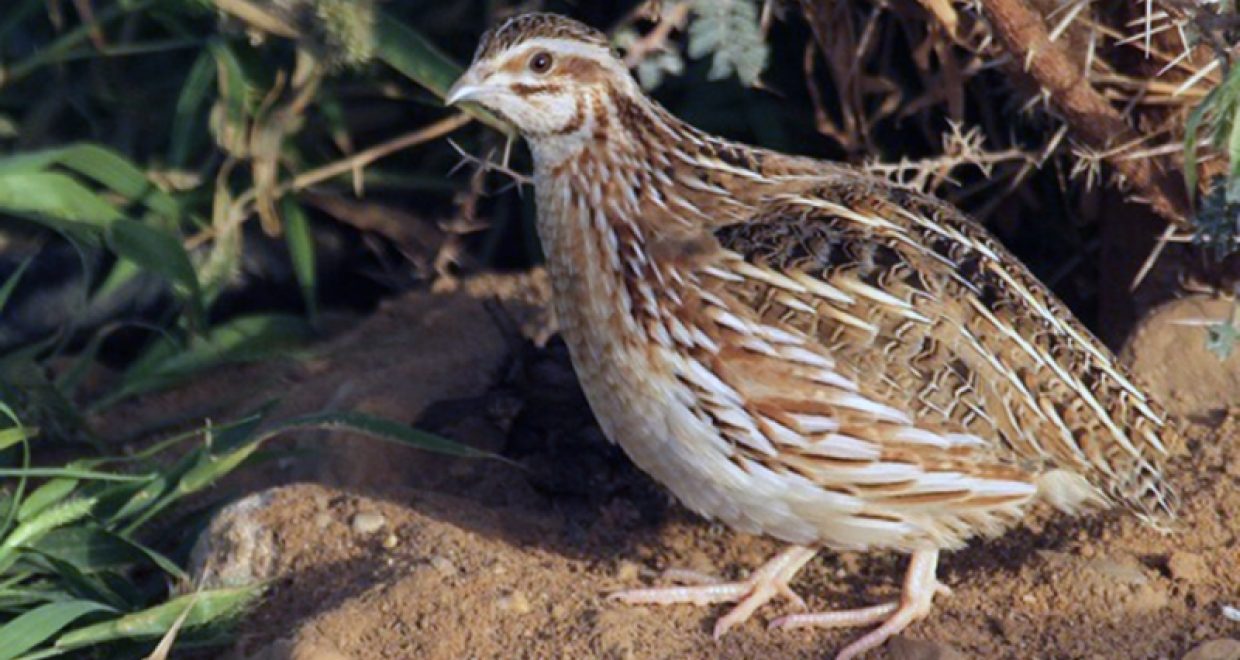A promising ingredient in layer quail feed: calcium pidolate
The paper “A novel source of calcium: effects of calcium pidolate concentration on egg quality in aged laying quails (Coturnix coturnix Japonica)“, published in The Journal of Agricultural Science, has been chosen as the latest Editorial Highlight and is freely available to download for one month.
Eggshell quality has been a major economic concern to egg producers as it could be reason for serious economic losses. Eggshell has different functions such as protecting against physical damage and pathogens coming from the external environment and providing nutrients necessary for embryonic development, especially calcium. To prevent decreasing eggshell quality as hens age, nutritionists often modify dietary calcium. Therefore, recommendations for calcium in the diet are not static, and the results of previous experiments are often contradictory.

Calcium pidolate is an organic source of calcium and can be used as a supplement in the diet of laying hens, which have excellent gastrointestinal tolerance. Moreover, previous studies suggest that the inclusion of calcium pidolate may improve certain parameters (such as appearance, mechanical resistance, and functional properties) of egg and bone. However, research on its use in laying quails is scarce
Japanese quails were a valuable animal for avian research and their production (for egg and meat) has increased in recent years. One of the areas that need particular attention is the nutrition of the birds. The lack of information on nutritional requirements can cause food costs to rise, as well as underestimating or overestimating their nutritional needs, resulting in losses. The minerals, which make up 5% of an animal’s body, are among the most important nutrients. Among all minerals, calcium, and phosphorus stand out due to their contribution to skeleton formation (80-85%) and their role in egg shells and muscle development, making them essential to animal functions. There are no studies evaluating the relationship between calcium pidolate supplementation and its effect on aged laying hens. In addition, the optimal amount of calcium pidolate in the diet of old-laying quail was not studied. So, the goal of this study was to assess the effect of calcium pidolate in the diet of aged laying quails, on the performance and egg quality traits.
The results of this experiment provide some general insights showing that a dietary level of 0.50 g/kg calcium pidolate calcium can be expected to be the best dose for aged laying quails’ production. However, When the dietary calcium pidolate level was raised to 0.50 g/kg egg production, eggshell breaking strength, and eggshell thickness declined dramatically. In addition, the increase in calcium pidolate negatively affected other quality traits such as the albumen index and the yolk index. This study provides updated data on the ideal dosage of this mineral in laying quails. This fact supposes an economic saving for the farmers.
The Journal of Agricultural Science Editorial Highlights are selected by the Editor-in-Chief and are freely available for one month. View the recent selections here.






